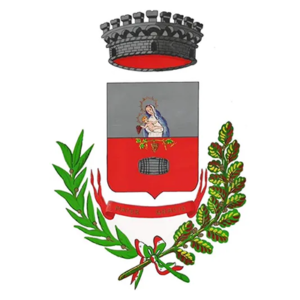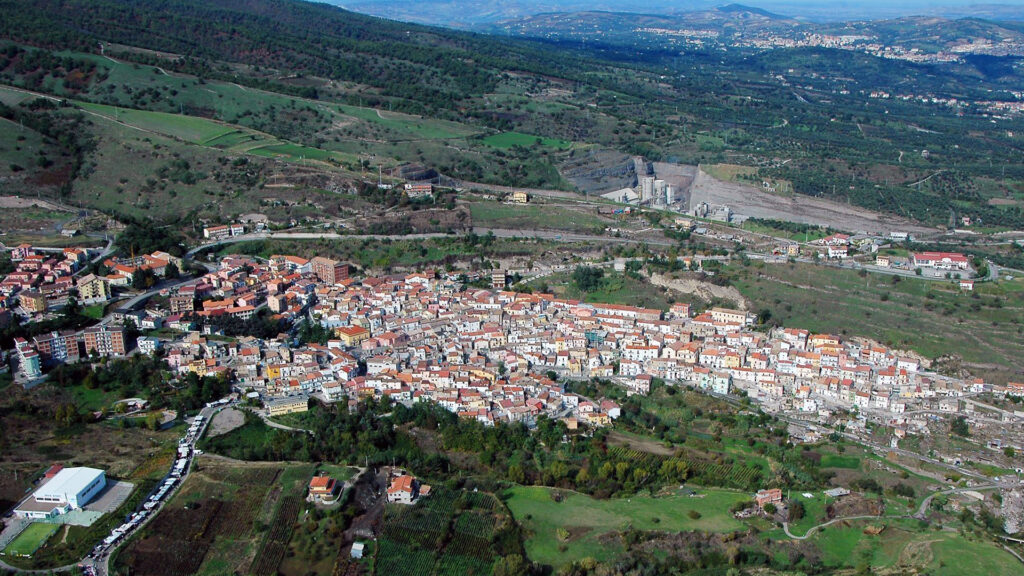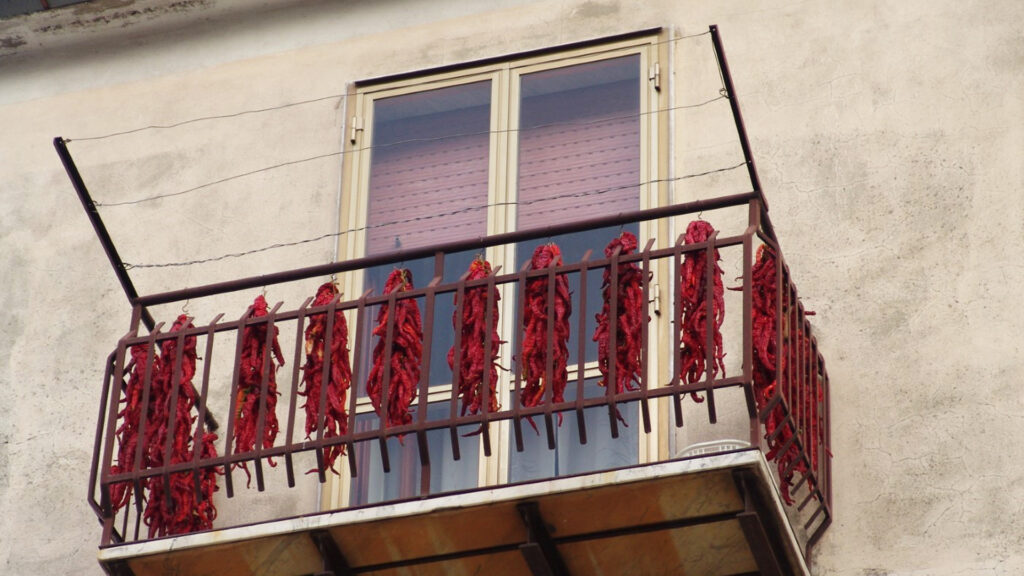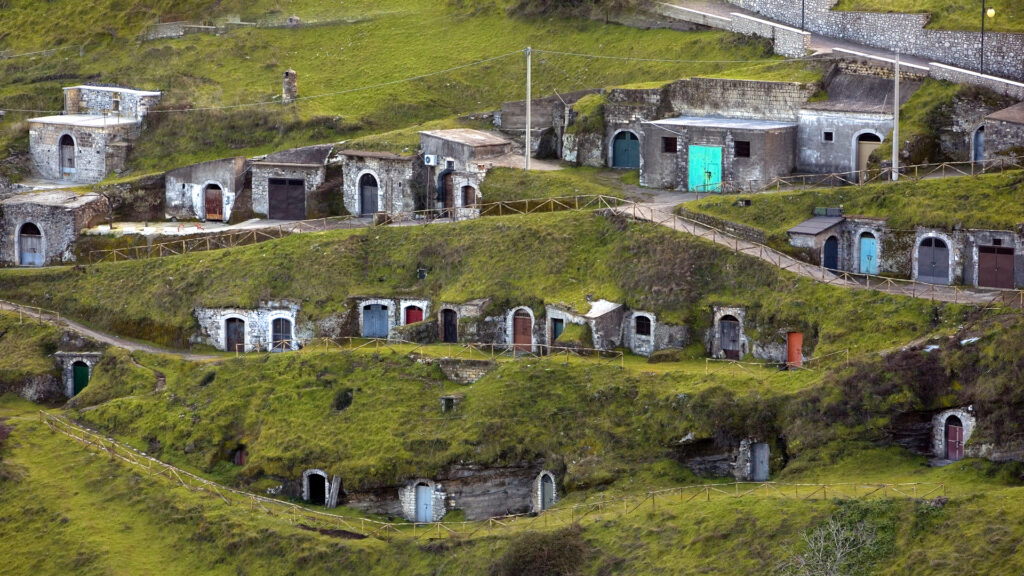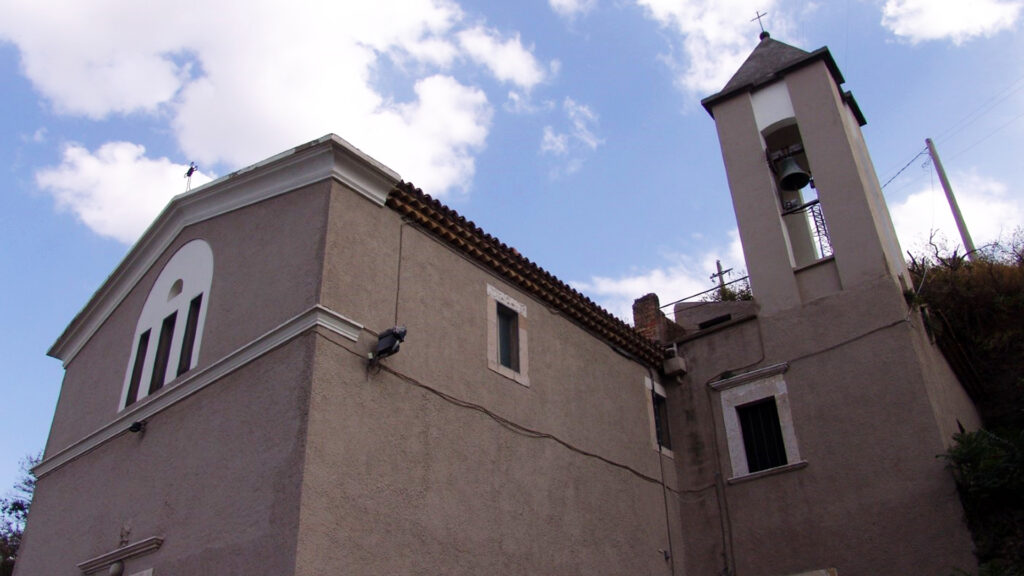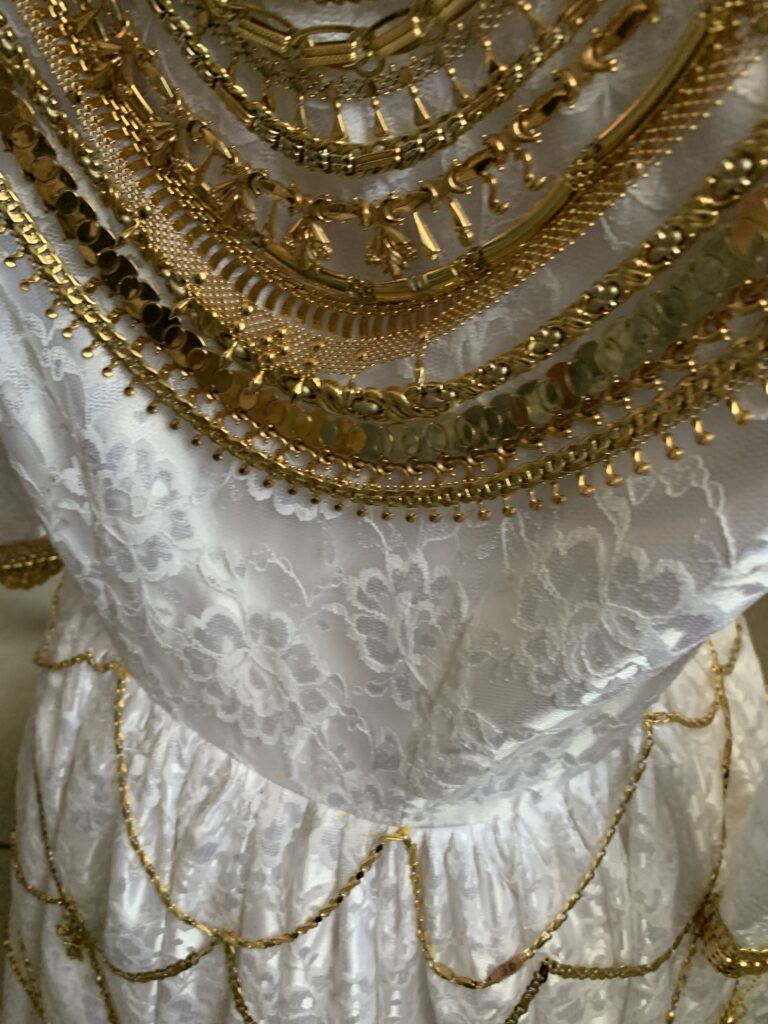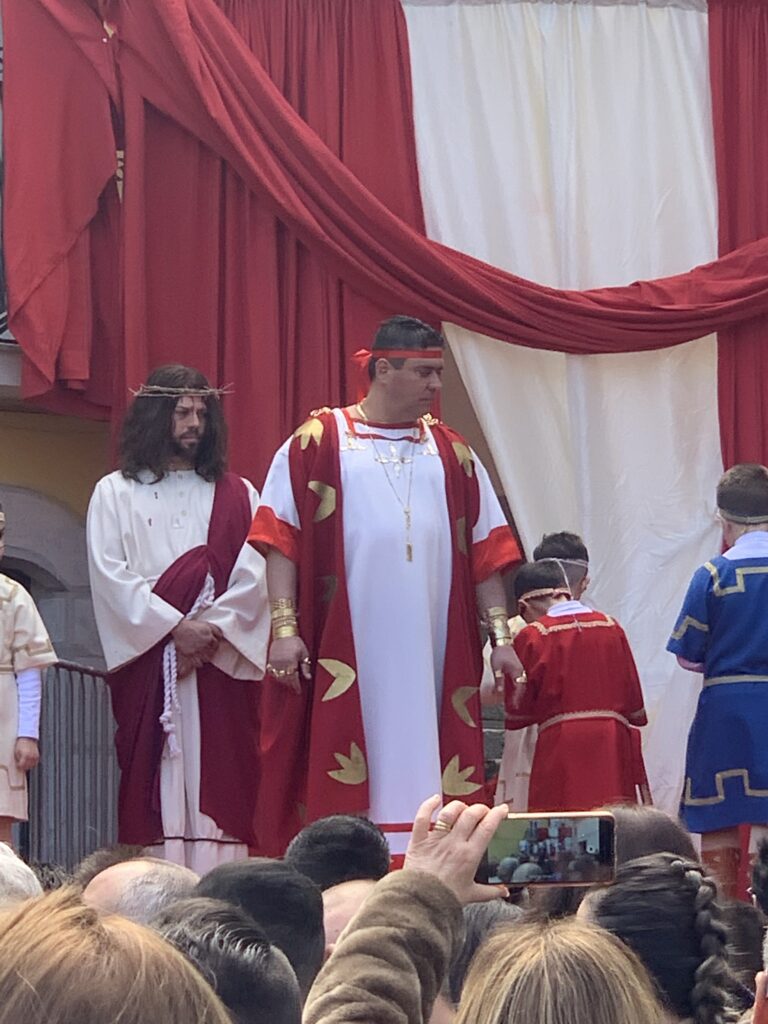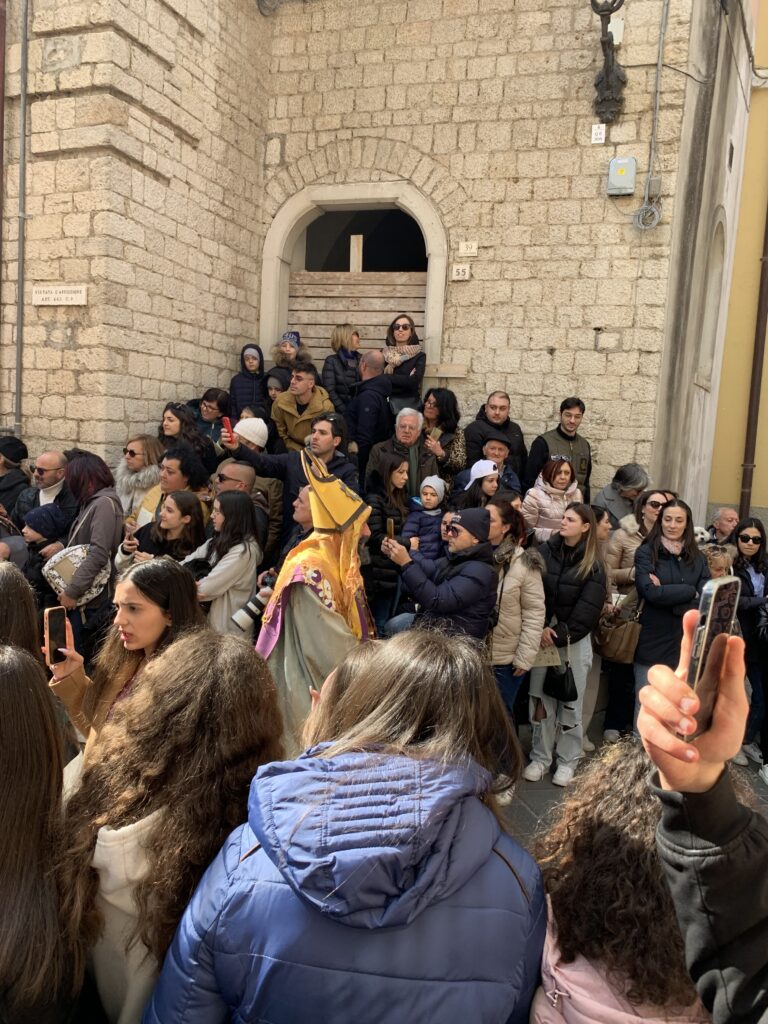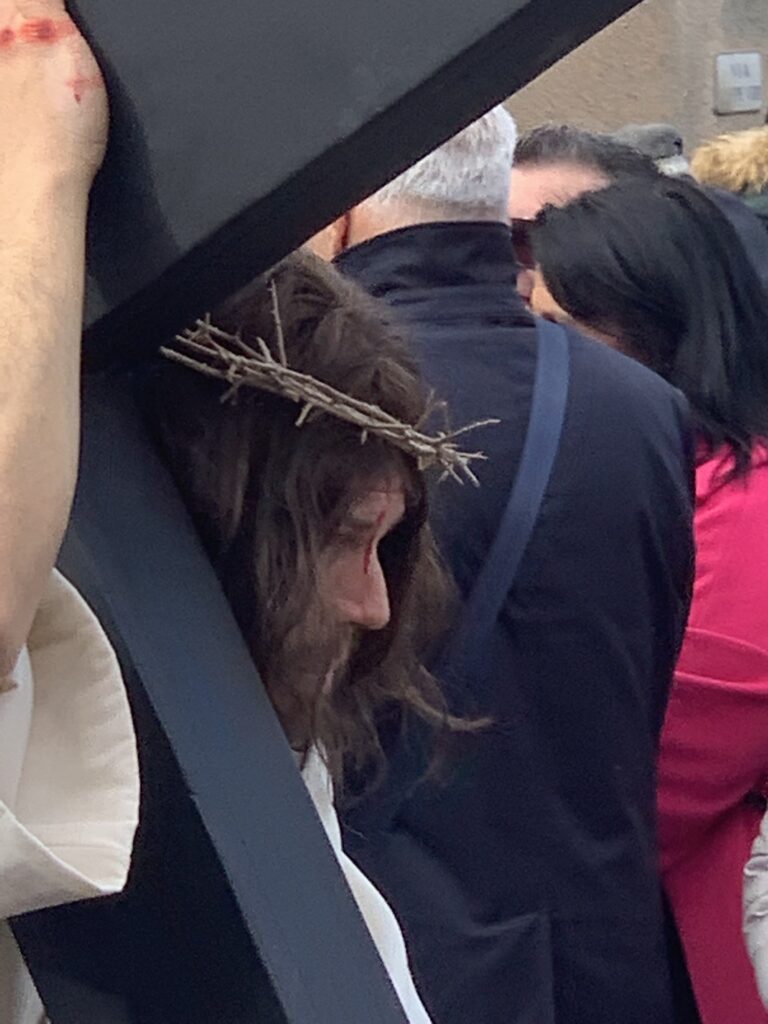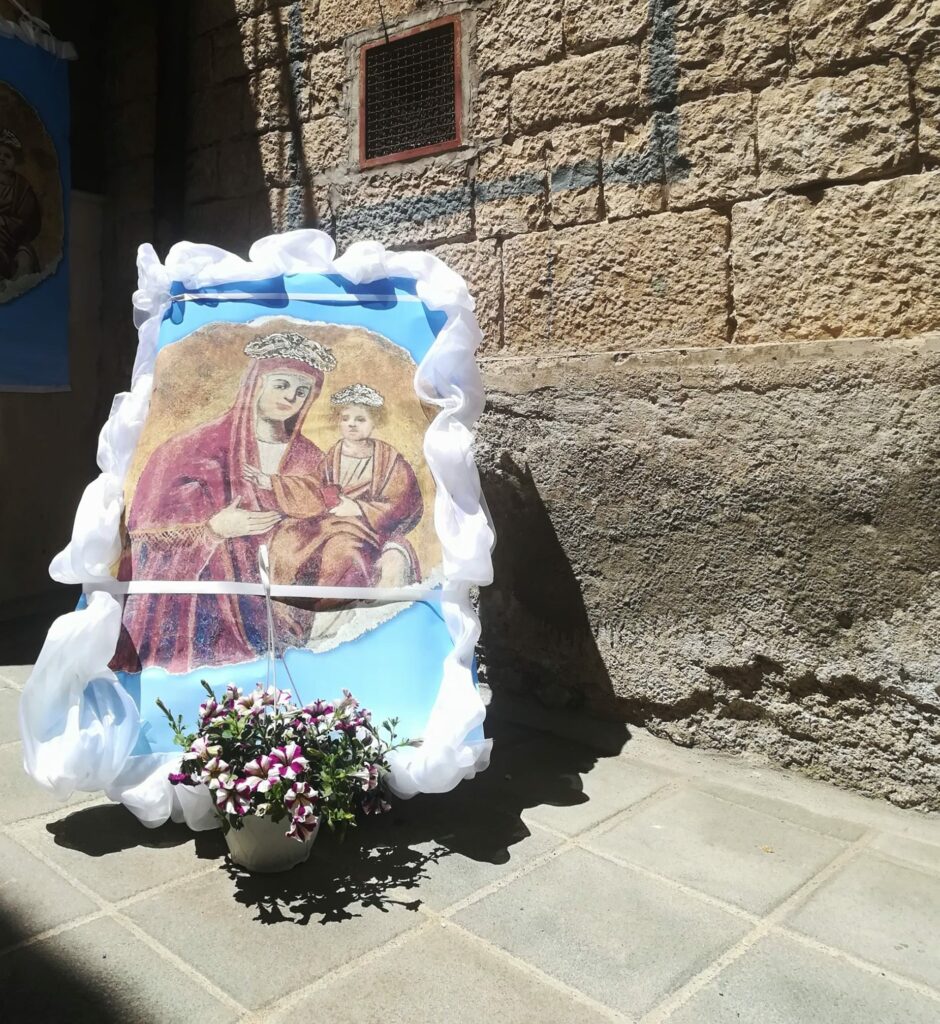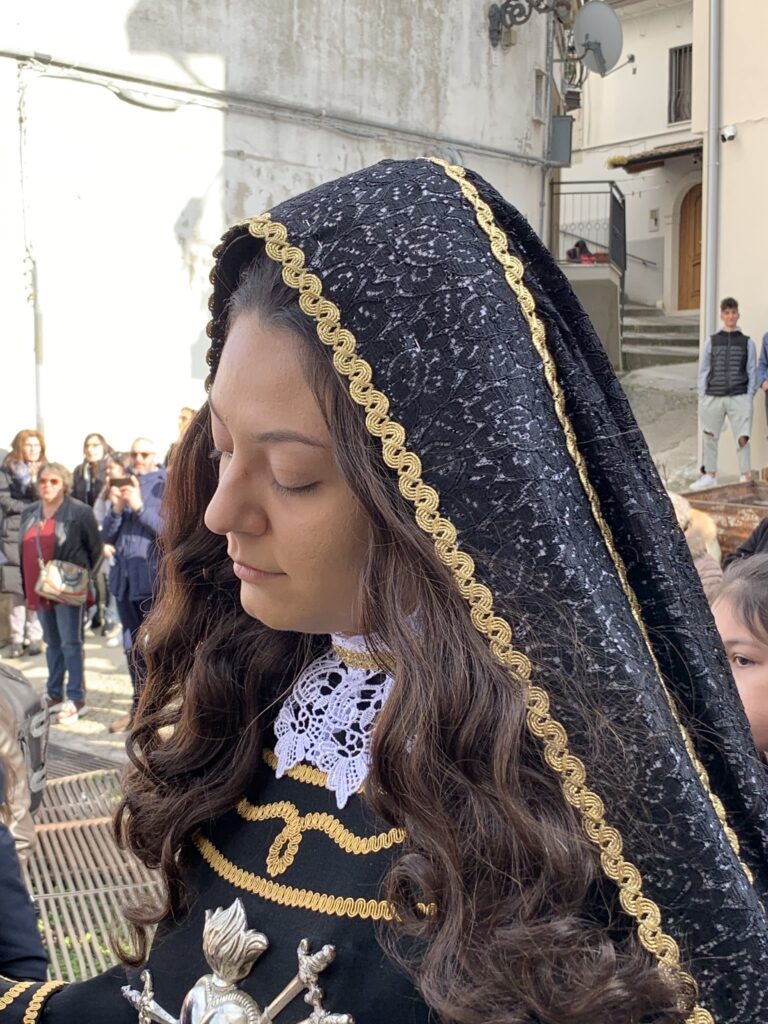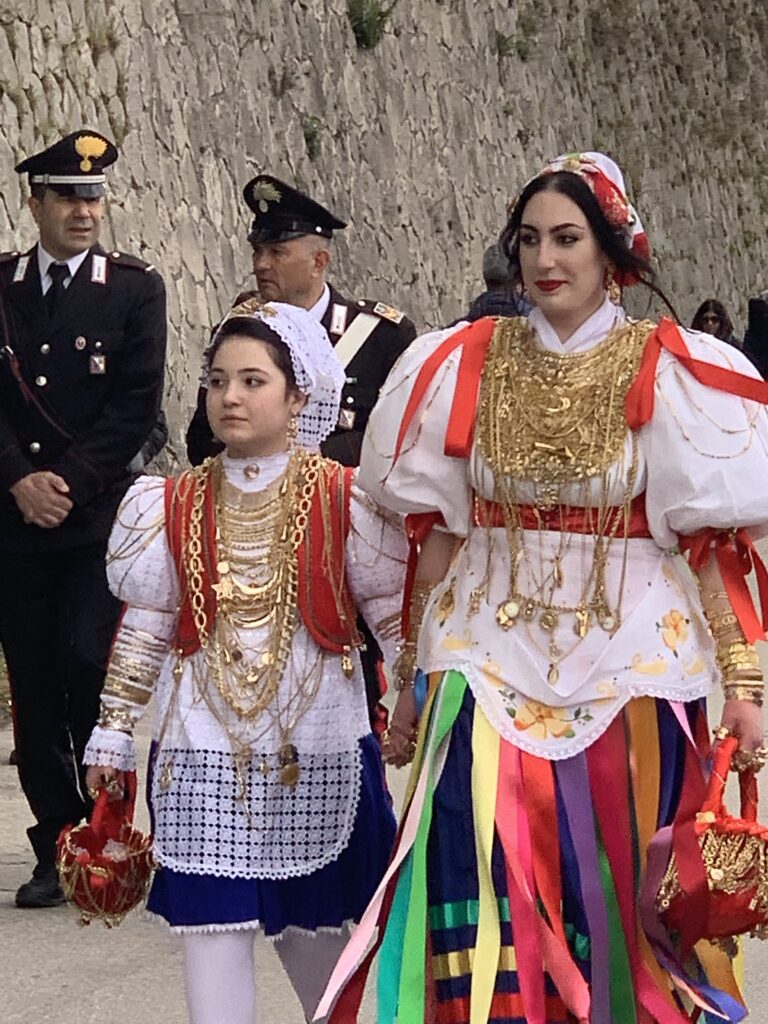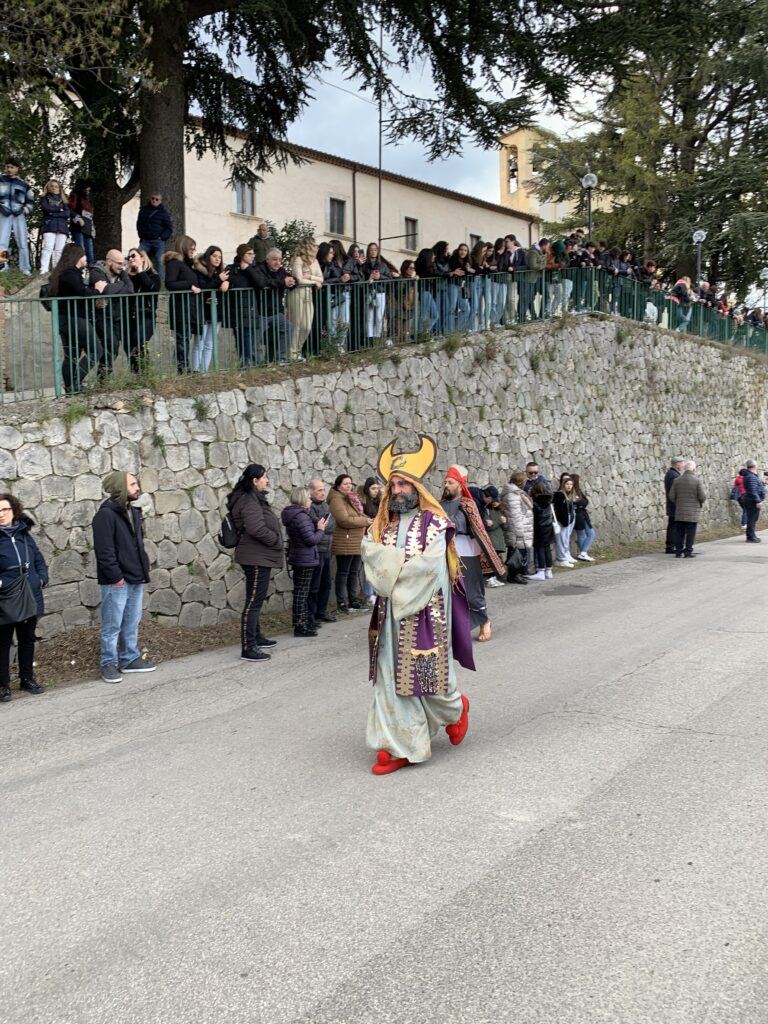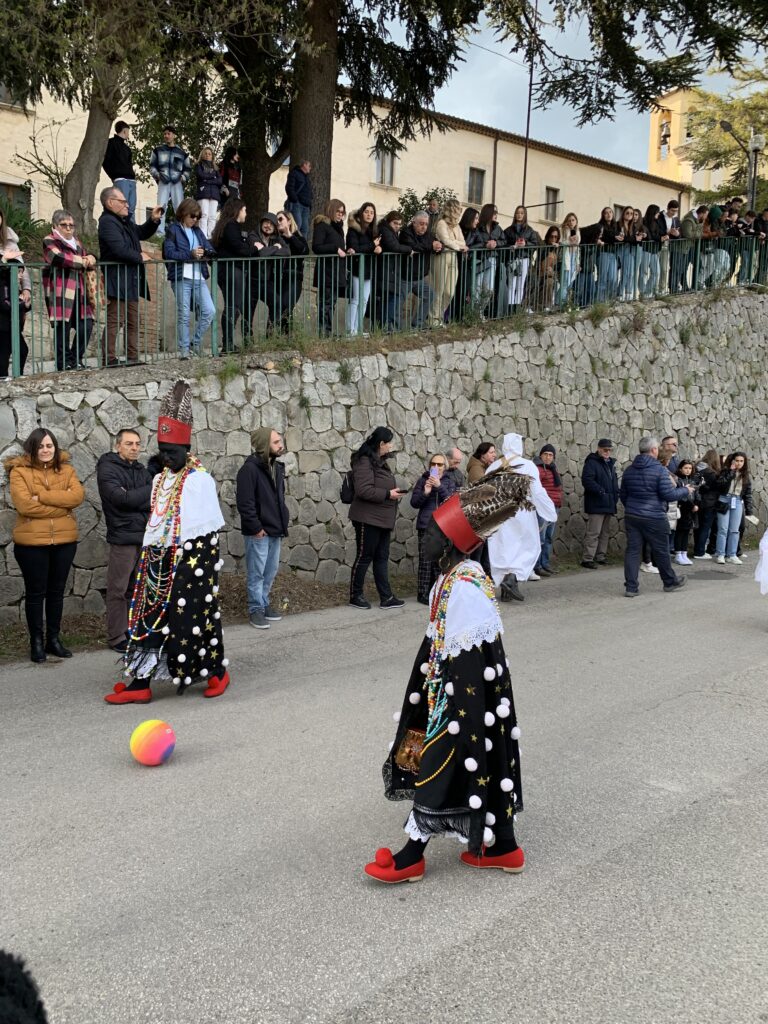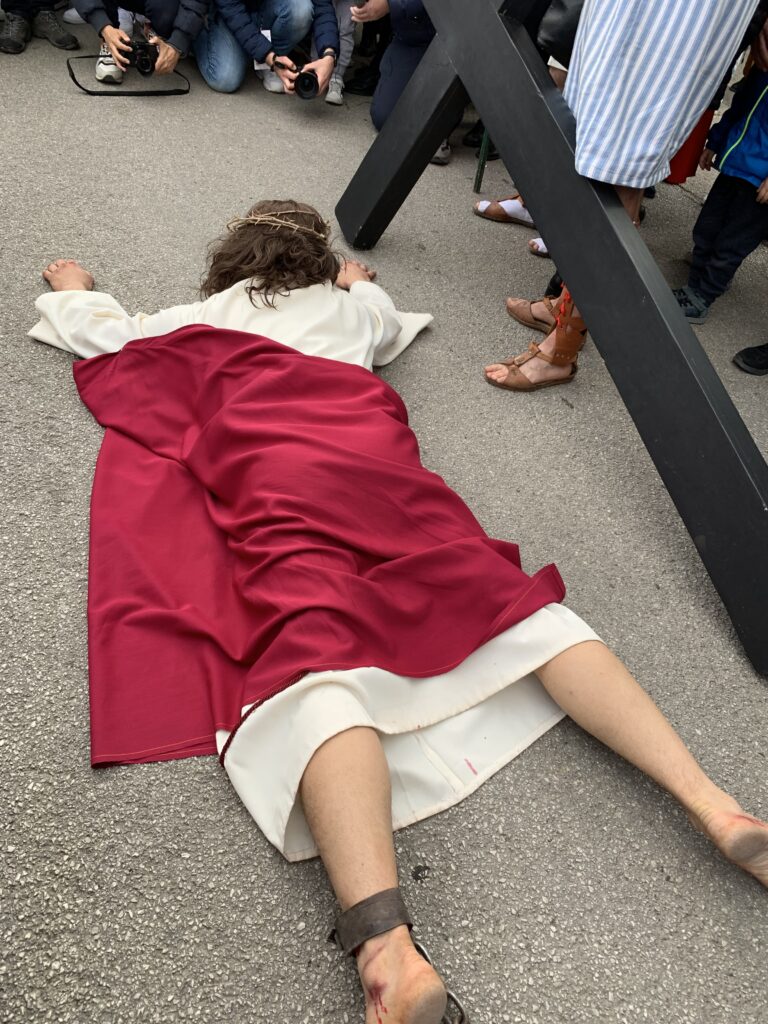The first Greek-Albanian colony, called "Arbëreshë", arrived in the area probably in 1477, after the fall of Shkodra, and was nicknamed the Klefiti colony by the local population. From that moment, along with the historical events that characterized Albania (plague, Turkish invasions, etc.), Barile became a destination for many Albanian families on the run.
The fief first of the Caracciolo family, and then of the Carafa family, preserves the Greek rite until the 17th century and still preserves today some rites of Orthodox origin and original Albanian customs.
In 1861 the city became an integral part of the Lucanian brigandage, having as its leading figures Michele Volonnino and Teodoro, men loyal to Carmine Crocco who opposed the Savoy government of Vittorio Emanuele II, who had recently taken office.
Considered one of the Lucanian olive oil and wine towns, it joins the National Association of Oil Towns and the National Association of Wine Towns. In the area outside the city, you can visit the "Square" cellars, small characteristic artisan houses with coloured doors, where the very precious Aglianico wine is stored.
At different times of the year, the city is the scene of interesting events, dedicated to the tradition of food and wine.
The suggestive Way of the Crucis, for example, which on Good Friday recalls the Passion of Christ, with its four centuries is the oldest sacred representation in the Basilicata region. This manifestation preserves Albanian reminiscences, found in some key figures of the procession, such as the "gypsy" adorned with jewels, a symbol of the origin of the Albanian community.
The historic center of Barile, very suggestive, is a series of characteristic arches, portals and stone-paved streets, through which Arbëreshë traditions can be discovered.

